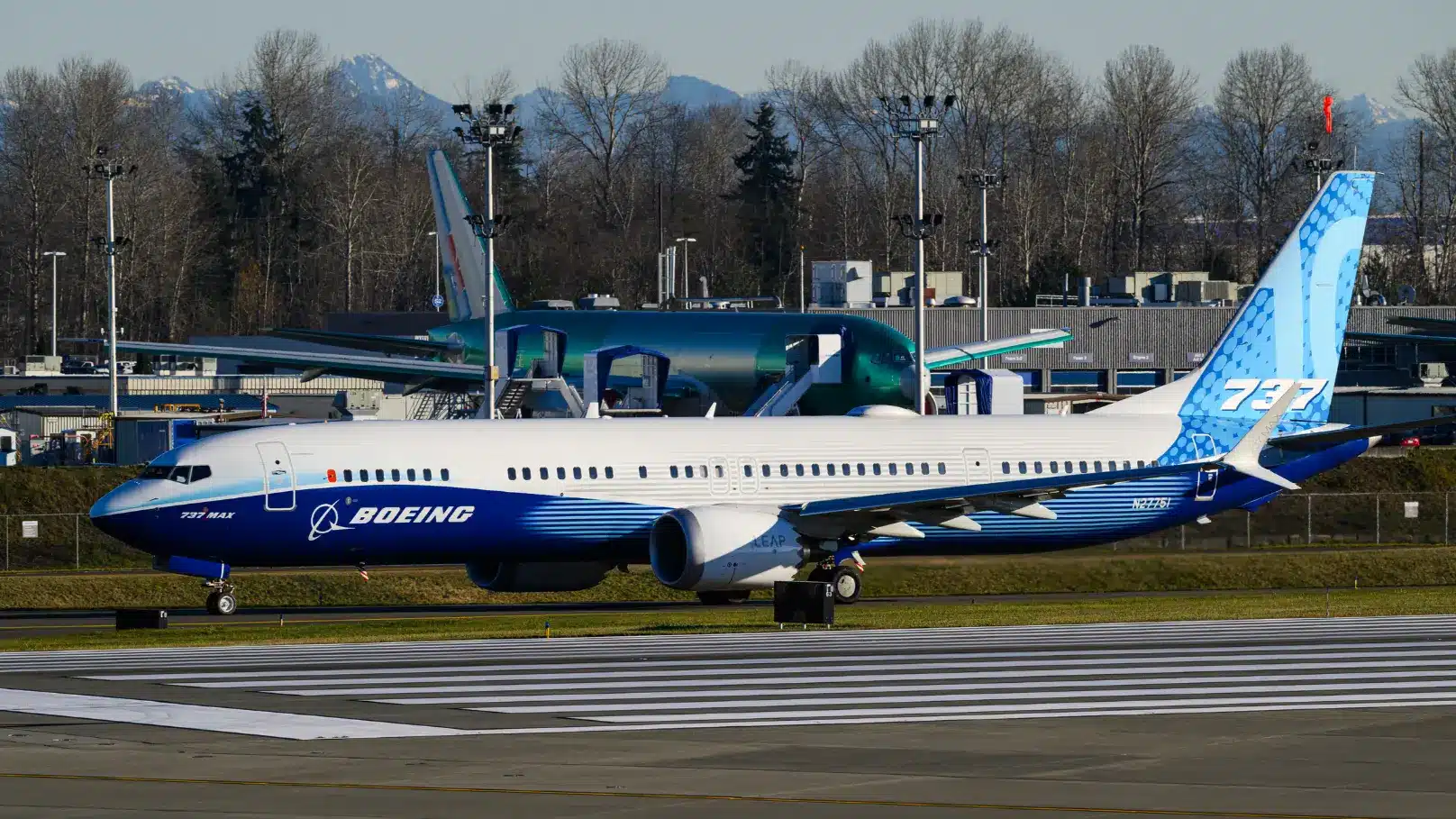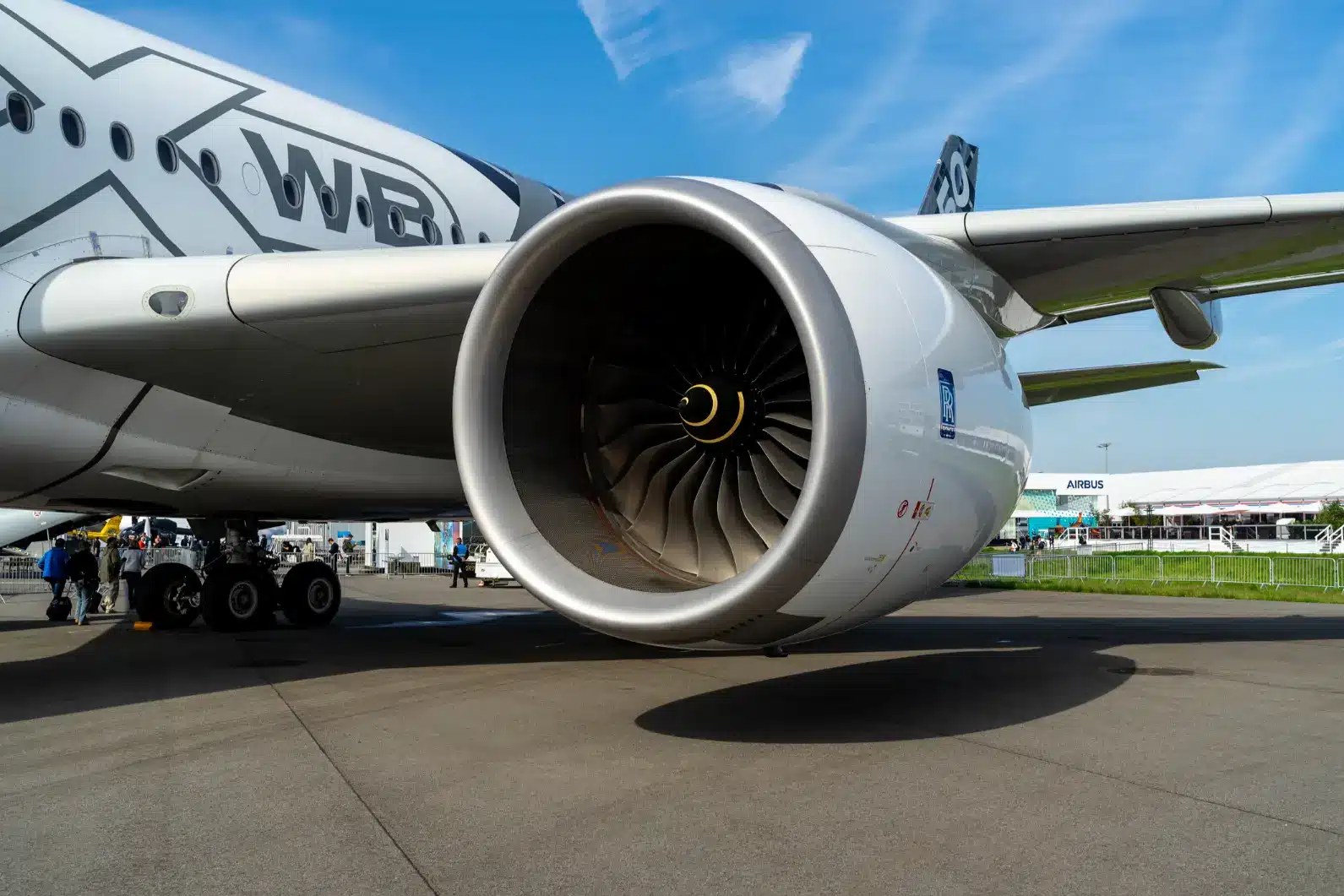
The aviation industry in 2025 finds itself navigating a dynamic and evolving landscape. Post-pandemic recovery, rapid technological advancements, shifting market demands, and sustainability imperatives are reshaping commercial, private, and executive aviation sectors.
This white paper provides an in-depth analysis of key aspects of the industry, including aircraft transactions, aviation parts, rotables, maintenance, engines, avionics, Maintenance, Repair, and Overhaul (MRO) services, electric Vertical Takeoff and Landing (eVTOL) technology, sustainable aviation fuel (SAF) initiatives, airport technologies, and AI applications.
The report also discusses forecasts and strategies to meet the challenges and opportunities ahead.
1. Aircraft Transactions
The market for aircraft transactions, both commercial and private, has seen robust activity in 2025, driven by strong demand for fleet modernization and expansion.
Commercial airlines, aiming to reduce operating costs and emissions, are increasingly opting for new-generation, fuel-efficient aircraft. Single-aisle aircraft continue to dominate order books, as airlines capitalize on the rise of short-haul and regional travel.
The availability of pre-owned aircraft has also been significant, providing a cost-effective alternative for operators.
The business aviation segment has seen considerable growth, especially in light of increased corporate demand for flexible travel solutions.
The resurgence in the sale of private jets, driven by the expansion of ultra-high-net-worth individuals (UHNWI) and demand for fractional ownership, underscores the industry’s vitality.
Forecast: Aircraft transactions are expected to maintain upward momentum, with a shift towards more sustainable and technologically advanced models.
The market for pre-owned aircraft will remain buoyant, driven by replacement needs and expansion into emerging markets.
2. Aircraft and Aviation Parts
The demand for aircraft parts and components has surged, with operators seeking to support expanding fleets and maintain operational readiness.
The growth of e-commerce and online marketplaces for aviation parts has facilitated quicker access to critical components, enhancing supply chain efficiency.
There is a noticeable increase in the adoption of 3D-printed parts, especially for non-critical components, as the technology matures.
Forecast: As supply chains stabilize post-pandemic, the trend towards digitalization and additive manufacturing will accelerate, reducing lead times and inventory costs. Parts suppliers will focus on expanding their digital footprints and offering end-to-end solutions to operators.
3. Rotables
Rotable parts, which are repeatedly reconditioned for reuse, are becoming increasingly essential in aviation maintenance strategies.
The push for cost-effective MRO solutions has driven demand for high-quality rotables, as they provide a balance between performance and cost savings. Tracking and managing rotable inventories using digital tools have become standard practice across the industry.
Forecast: The rotable market is set to grow as airlines and business jet operators increase their reliance on reusable components to optimize maintenance costs.
Enhanced tracking technologies, such as blockchain, will improve traceability and regulatory compliance.
4. Aircraft Maintenance
Maintenance activity in 2025 has picked up pace, with both scheduled and unscheduled maintenance operations becoming more frequent due to fleet utilization.
The increasing complexity of modern aircraft, with advanced materials and technologies, requires a highly skilled workforce and sophisticated diagnostic tools.
Predictive maintenance, leveraging AI and big data, has become crucial in minimizing aircraft downtime and preventing costly repairs. Operators are investing in digital maintenance platforms that integrate real-time data from various systems to anticipate and address maintenance issues proactively.
Forecast: Aircraft maintenance demand will grow in tandem with fleet expansion and increased utilization. The shift towards predictive maintenance will reduce maintenance costs and improve aircraft availability, while investments in workforce training will be critical to address the skills gap.
5. Aircraft Engines
Engine manufacturers are focusing on developing more efficient and eco-friendly powerplants. New engine designs emphasize fuel efficiency, noise reduction, and lower emissions.
The adoption of geared turbofan and open-rotor technologies is gaining momentum, with airlines keen to meet evolving regulatory standards.
Engine leasing remains a significant market driver, with many operators opting for “power-by-the-hour” contracts to manage expenses.
Additionally, the overhaul of older engines continues to be a critical segment for MRO providers.
Forecast: The engine market will experience steady growth, with a focus on advancing sustainable propulsion technologies. Investments in hydrogen and electric propulsion systems will reshape the future of aviation engines.

6. Avionics
The avionics landscape is undergoing rapid evolution, driven by the need for enhanced safety, connectivity, and automation. Modern avionics suites feature advanced flight management systems, cockpit automation, and real-time data sharing.
The integration of satellite-based navigation, communication, and surveillance systems is transforming air traffic management.
Upgrading avionics in older aircraft to meet new regulations (e.g., ADS-B requirements) remains a priority for operators, while newer platforms are already embracing next-generation avionics capabilities, such as head-up displays (HUDs) and synthetic vision systems.
Forecast: The avionics market will continue to expand, driven by regulatory requirements and the integration of AI-based systems.
The push for full cockpit automation, potentially enabling single-pilot operations in commercial aviation, will drive future avionics advancements.
7. Maintenance, Repair, and Overhaul (MRO)
The MRO market has rebounded significantly in 2025, fueled by increased aircraft utilization and fleet growth.
The focus is on enhancing operational efficiency through digital solutions like predictive maintenance and automated inspections using drones and robots.
The rising cost of labor and materials has led MRO providers to adopt cost-saving strategies, including increased reliance on PMA (Parts Manufacturer Approval) parts.
MRO consolidation is occurring, with larger players acquiring smaller firms to expand capabilities and geographic reach.
The growth of specialized MRO services, such as engine and avionics maintenance, continues to provide niche market opportunities.
Forecast: The MRO sector will experience sustained growth, with digital transformation and automation as central themes. MRO providers that embrace technology and expand service offerings will be better positioned to meet future demand.
8. eVTOL Technology
Electric Vertical Takeoff and Landing (eVTOL) aircraft are at the forefront of urban air mobility (UAM) solutions. These aircraft promise to revolutionize short-distance air travel by offering a sustainable and efficient mode of transport.
The development and certification of eVTOLs have accelerated, with several major players aiming to launch commercial operations by the late 2020s.
The key challenges for eVTOL adoption include regulatory hurdles, air traffic integration, and infrastructure development.
Nevertheless, eVTOLs have garnered significant investment from aviation and technology companies alike.
Forecast: The eVTOL market is set for rapid growth as regulatory frameworks solidify and public acceptance grows. By the early 2030s, eVTOLs could become a common feature in urban transportation networks, with applications expanding beyond passenger transport to include cargo and emergency services.
9. Sustainable Aviation Fuel (SAF) Initiatives
The aviation industry has embraced SAF as a critical component of its decarbonization strategy. SAF, which can reduce lifecycle carbon emissions by up to 80%, is being adopted by airlines globally.
Governments and industry stakeholders are working to scale SAF production, incentivize usage, and develop supportive policies.
However, current SAF production capacity remains a fraction of the global fuel demand, highlighting the need for accelerated investment in production technologies, feedstock availability, and infrastructure.
Forecast: SAF adoption will continue to grow, driven by regulatory mandates and corporate sustainability commitments. The development of next-generation SAF, including synthetic fuels and biofuels derived from non-food sources, will be pivotal in achieving long-term emissions reduction goals.
10. Airport Technologies
Airports are investing in technologies to enhance operational efficiency, passenger experience, and safety.
Biometric identification, self-service kiosks, and automated baggage handling systems are becoming standard features. The deployment of 5G networks and IoT devices enables real-time monitoring and predictive maintenance of airport facilities.
Airports are also advancing sustainability initiatives, including the use of renewable energy sources and electrification of ground support equipment.
Forecast: The trend towards smart, sustainable airports will accelerate, with a focus on integrating new technologies to enhance safety, reduce costs, and minimize environmental impact.
The concept of “airports as ecosystems” will drive future development, with seamless passenger flow and data-driven decision-making at its core.
11. AI in Aviation
Artificial intelligence is playing a transformative role across the aviation industry.
AI-powered systems are used in areas such as predictive maintenance, air traffic management, crew scheduling, and passenger personalization. The use of AI in decision-making is enhancing safety, optimizing flight routes, and improving the efficiency of airline operations.
AI’s potential extends to autonomous flight capabilities, with ongoing research aimed at integrating AI co-pilots in commercial and private aviation.
Forecast: AI adoption in aviation will expand significantly, with a growing number of applications across operations, maintenance, and customer service. The development of AI standards and ethical guidelines will be crucial to ensure safety and public trust.
12. The Future of Aviation
The aviation industry is poised for transformative changes, with sustainability and technological innovation at the forefront. Key trends shaping the future include the transition to more sustainable fuels, the adoption of hybrid-electric and fully electric propulsion, and the integration of AI-driven automation.
The industry will also see the emergence of new business models, such as on-demand air mobility and subscription-based private jet services.
Regulatory and infrastructural developments will play a critical role in enabling these changes. The industry’s ability to address sustainability challenges, manage technological risks, and adapt to shifting passenger expectations will determine its trajectory.
Conclusion
The state of aviation in 2025 reflects a sector that is resilient, innovative, and increasingly focused on sustainability.
With ongoing advancements in aircraft technology, maintenance practices, fuel alternatives, and digitalization, the industry is well-positioned to meet future challenges and capitalize on emerging opportunities.
The journey towards a more sustainable and connected aviation ecosystem will be shaped by collaboration across stakeholders, investment in technology, and proactive regulatory engagement.
